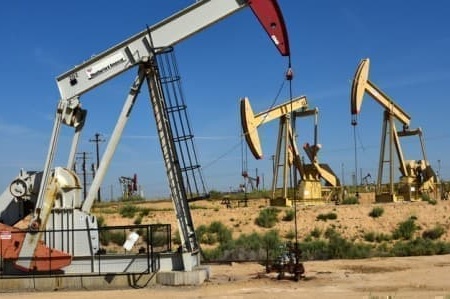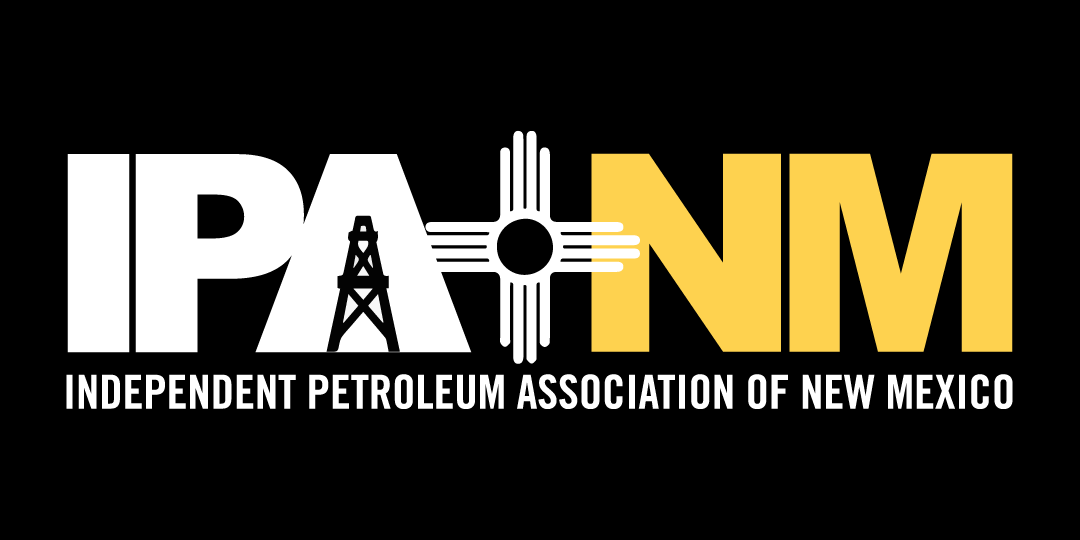Santa Fe New Mexico (Oct. 29, 2024) – Ozone pollution has been declining nationwide for decades. But there’s one location seeing an increase — and it’s here in New Mexico.
At a Monday meeting of the legislative Water and Natural Resources Committee, a Colorado researcher presented findings that Loving, in southeastern New Mexico’s oil and gas powerhouse Eddy County, has seen an increasing amount of ozone pollution. According to presenter Detlev Helmig, the ozone pollution was above National Ambient Air Quality Standards, and the village’s concentration of other pollutants was higher than that of comparison monitoring sites in Colorado. The average concentration of benzene was between nine and 11 times higher than the sites in Colorado, Helmig said.
According to the U.S. Centers for Disease Control and Prevention, long-term benzene exposure can damage bone marrow and decrease red blood cells, which can set off a cascade of symptoms. Ground-level ozone pollution can irritate asthma and other lung diseases.
The panel discussed the potential health benefits of adopting setbacks in the oil and gas industry from schools, homes and other structures. Jozee Zuniga, a 22-year-old Eddy County resident and daughter of an oil worker, pushed for setbacks from schools.
“Currently, there are only 800 wells within a mile of schools,” said Zuniga, who is an organizer for Youth United for Climate Crisis Action. “This is 800 wells out of about 70,000 productive wells in the state. We’re asking that the state prohibit all wells around schools and ask the new production to occur at least a mile from the schools. This is not a huge ask. It is a small ask but will do a lot to protect the health of the children in New Mexico.”
Not everyone who spoke Monday agreed. Michael Lumpkin, a toxicologist for Arkansas-based consulting company CTEH, said health outcome studies about oil and gas exposure were “inconsistent” and “thus unreliable to show causal evidence that oil and gas emissions cause specific adverse health outcomes in communities that have been studied.”
Lumpkin even said he would be comfortable living and raising his children near oil and gas production facilities. ”There’s an opportunity here now to leverage [the] best available science to inform the best setback distance policies for New Mexico,” Lumpkin said.
But Colin Cox, staff attorney for the Center for Biological Diversity, pointed to other studies that linked proximity to oil and gas production to low birth weights and cancer hospitalizations. ”They all show health risks from living too close to oil and gas production,” Cox said.
It’s the second time setbacks have been debated by a legislative committee in as many weeks. Last week, Legislative Finance Committee staff presented an analysis on the fiscal impact of proposed setbacks, which found the state would lose out on about $800 million by 2035.
But that doesn’t include existing health costs borne by New Mexicans, which by one estimate based on 2016 oil and gas production was between $624.4 million and $1.5 billion, although LFC staff said the amount paid by the state would likely be smaller. The study made waves last week as legislators debated how to balance the economic impact of the industry with public health.
On Monday, committee chairman Rep. Matthew McQueen, D-Galisteo, criticized the analysis focused on the costs and included very little on the potential benefits of setbacks. “I hear from both sides we need more information about the impact,” McQueen said. “I think [we] can’t just ignore the public health costs, [or] the public health benefits that will be included and realized by providing some level of protection to our students.”
Greg Bloom, assistant commissioner for mineral resources at the State Land Office, questioned if the expected fiscal impact on the state would be affected if different setback amounts were limited. Last year, State Land Commissioner Stephanie Garcia Richard issued a moratorium on new oil and gas leases within one mile of schools.
Lawmakers discuss oil, gas pollution in southeastern New Mexico


